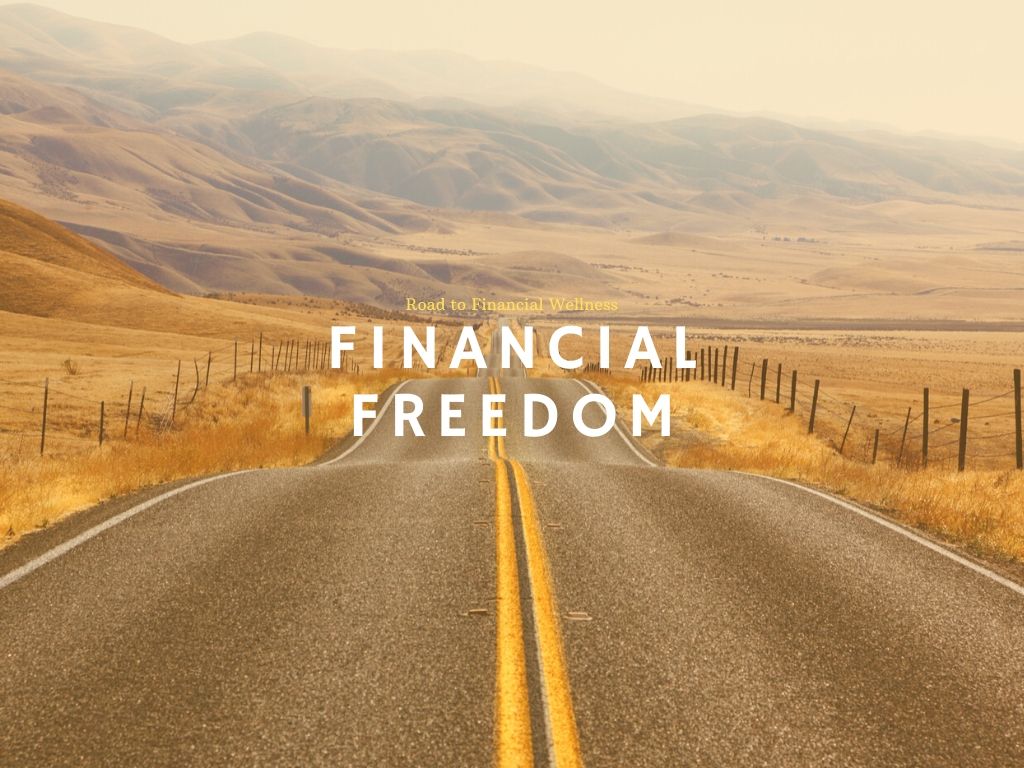In this article, I will discuss the Proven Steps to Regain Financial Freedom, explaining how to practically assist you in breaking the shackles of debt while building a financially stable future.
These actions will help to regain control of your finances while bringing you closer to the ideal you visualized, a financially independent person. These steps include budgeting, prioritization of debts, increasing income, and cutting down on personal expenses.
10 Proven Steps to Regain Financial Freedom
1.Create and Maintain a Detailed Budget
When creating a detailed budget, you should incorporate all your sources of income, and chronicle the expenses, so you are able to pinpoint the outflows of your money. Include both fixed expenses (rent) and variable expenses (eating out) to cover all bases.
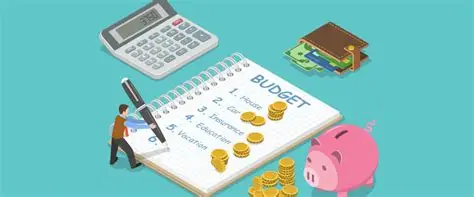
Reserve money for essential expenses, saving, and debt reduction. Consider using a budgeting software or a spreadsheet for better accuracy. A reliable budget forms the core of effective financial management.
2. List and Order Information on Debts
Listing out all your debts, be it through credit cards or through loans, along with their corresponding interest rates, minimum payments and other relevant deadlines is the starting point to tackle debt.

You can either categorize them using interest rates (avalanche) or based on the outstanding balance (snowball). Using this approach prioritizes all debts and provides a sense of control. Elimination of higher interest debts first is economical in the long run.
3. Create An Emergency Fund
An emergency fund acts as a financial cushion for unforeseen circumstances, such as a sudden illness, vehicle repairs, or even losing a job. Try to save a minimum of three to six months worth of living expenses.
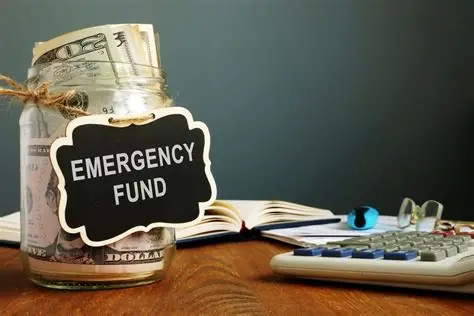
Strive for small initial targets like $500 or $1,000, then work your way upward. For quick access, utilize a separate high-yield savings account to store the fund. Keeping this safety net allows you to avoid the need to use credit cards or loans, thereby minimizing the risk of falling into more debt.
4. Interest Rate Negotiation
If you have the maintain a good payment history, negotiate for a lower interest rate with your lenders or even consider changing the lender altogether. Lower interest rates not only reduce the overall payment, it can also make payments that are already being done, more manageable and simpler.
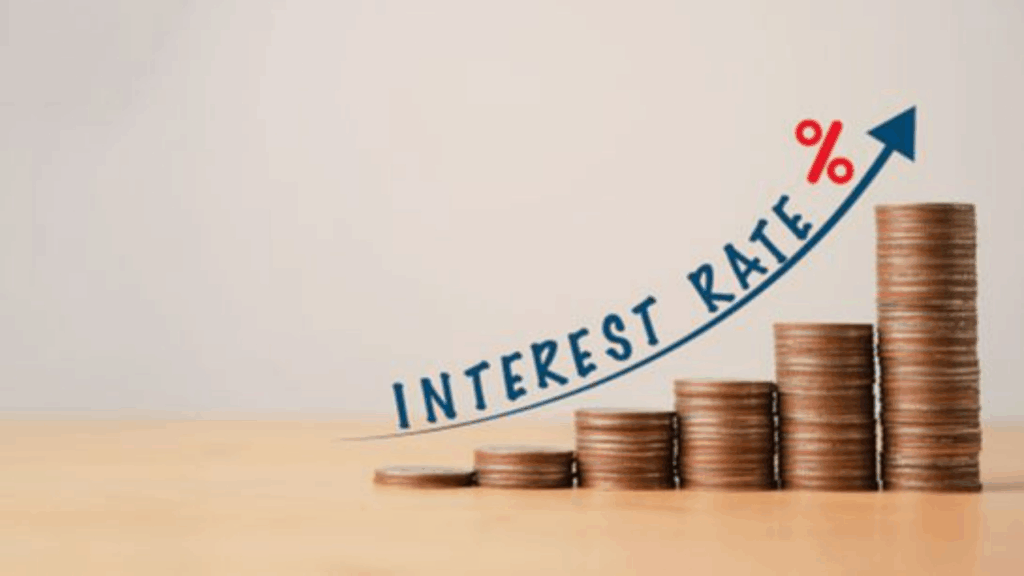
Transfers or payments can also be done with highinterest credit cards by moving the payments to lower interest cards, or cards that have a 0% or lower introductory rate. Make sure to prepare for and always be polite in your negotiations. Low interest, even when achieved when the borrower is polite, have a much greater and more positive overall impact. It leads to lower payment obligations, and reduced financial stress for the borrower.
5. Check Out Debt Consolidation
Debt consolidation is the process of combining multiple debts into one loan or credit line with a singular payment, which is, ideally, associated with a lower interest rate. This makes payments much easier and can lower monthly expenses. Personal loans, balance transfer credit cards, and home equity loans are potential candidates.
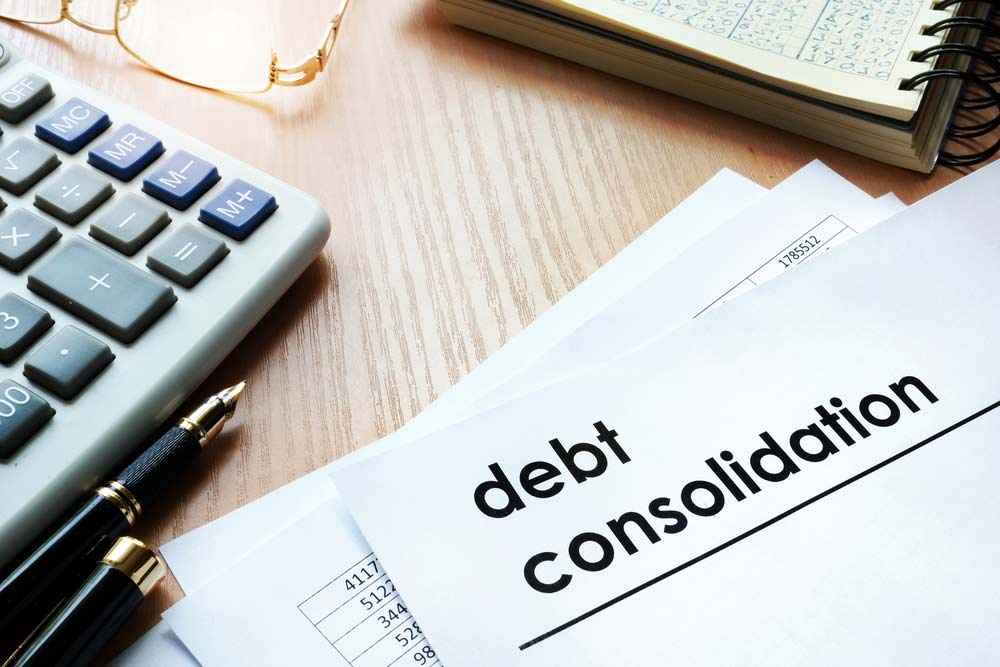
Be sure to analyze the costs and terms associated with each option before deciding. This process is only suited for those with good credit. Consolidation can make managing debt easier and provide a certain level of structure, though willpower to not incur additional borrowing is needed.
7. Cut Back On Unnecessary Spending
Review your expenses to pinpoint optional spending like eating out, subscriptions, or shopping. Decrease such spending and take advantage of your savings or pay off your debts. Use expense trackers or even bank statements to spot spending patterns.
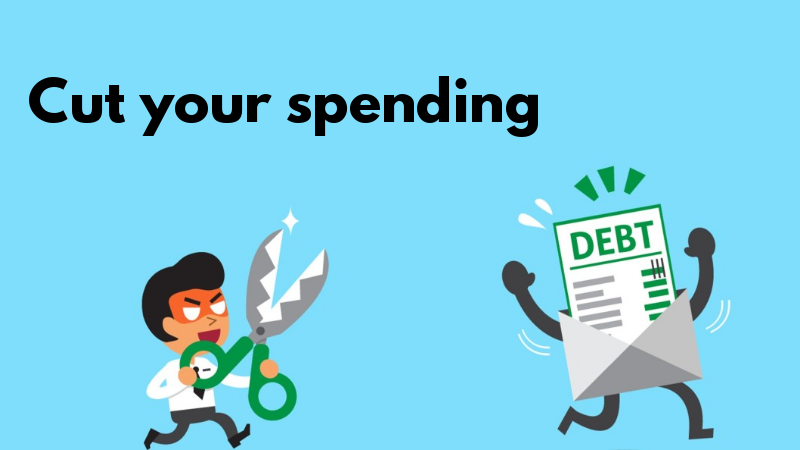
Daily small expenses, over time, add up, and reducing them can contribute significantly. Practicing frugality nurtures self-control and financial discipline. Adopt behaviors such as prioritizing needs over wants, and reduce overall spending through meal planning, generic brand shopping, or using coupons.
8. Consider Part-Time Work or Freelancing
Increasing your income improves financial stability while easing debt burdens. Selling unused items, part-time work, or even freelancing can provide additional pay. Consider asking for a raise, or apply to positions with better pay that match your skill set. Treat any additional income strictly for debt payments or savings.

Additional income aside from your paycheck significantly improves your financial position while also building a much stronger emergency buffer. Having multiple streams of income acts as a safety net, reducing the risk of relying on a single source of income, especially during periods of unpredictability.
9. Practicing Discipline and Staying Consistent
Sticking to the appropriate guidelines and remaining consistent is the best way to become debt-free. Follow your spending plan, remit payments on the scheduled dates, and do not incur extraneous expenses. Monthly goal review and setting determinate milestones suffices.

Best to automate payments to build credit and avoid unnecessary late fees. Staying motivated requires the help of a trusted friend to hold you accountable, or frequent reminders of financial objectives. Responsible spending helps develop long-lasting habits enabling ease debt-free living and healthier finances long-term.
10. Get Specialized Assistance
A financial counselor or credit counseling agency may be helpful when someone is feeling overwhelmed. They can develop personalized plans for debts, credit, or finances and offer specialized counsel.

They assist individuals to negotiate with creditors for structured repayment plans and unpaid debt help through specialized non-profit agencies. Make sure not to work with agencies known for unfair high fees, debt settlement scams, or unaccredited agencies. Specialized assistance offers information dealing with finances clarifying for the clients massively reduces stress.
Conclusion
Achieving financial freedom and stability can be attained through proper planning and steadfast actions. Crafting a budget, managing and stabilizing debts, and building a healthy savings account are all key parts to regaining financial freedom. If debts are too overwhelming, exploring options like debt consolidation or the snowball repayment can yield progress.
Increasing income and seeking professional help accelerates progress even further. Achieving a debt-free life begins with building and maintaining momentum. Remember to stay consistent—financial freedom can be attained through intentional actions.


